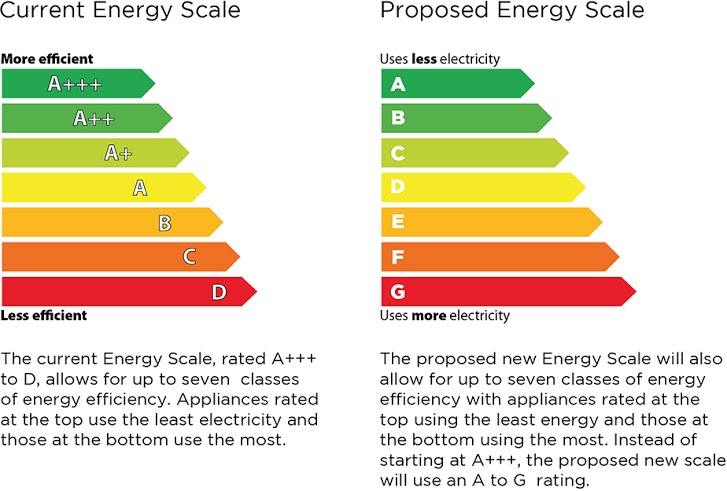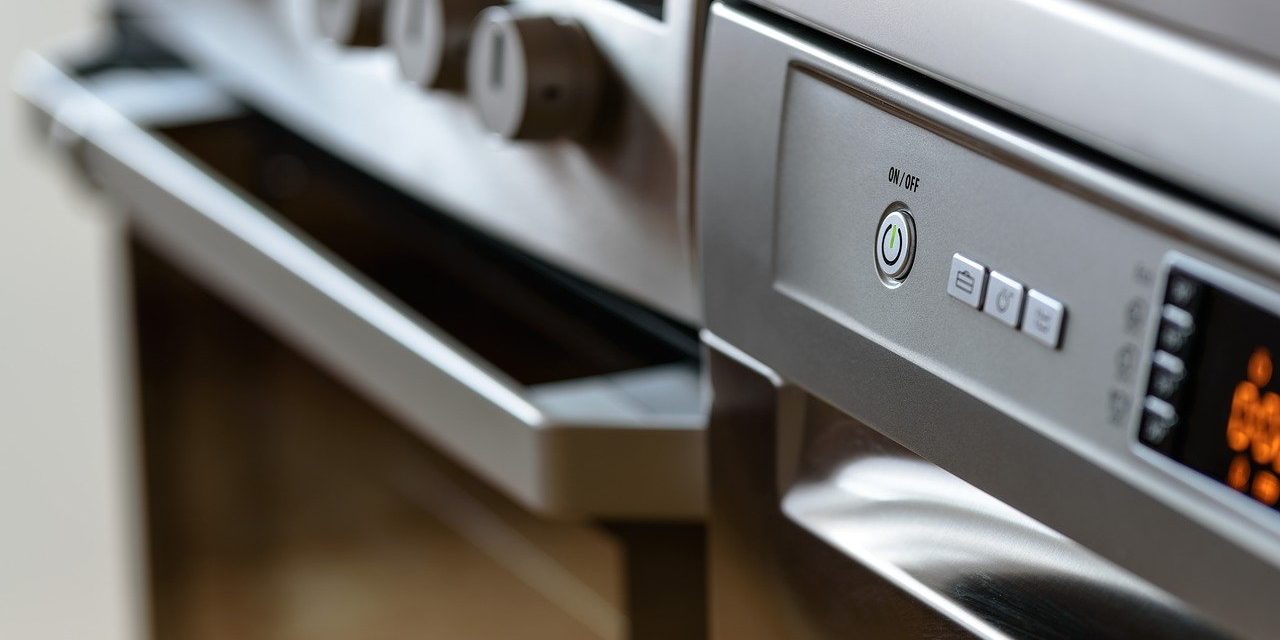An important component of the Appliance Standards and Labelling Regulations Programme (which was initiated in 2010) is the South African Energy Efficiency Label that is required on a range of appliances. The purpose of the label is to ensure that consumers are well-informed about the energy-efficiency of an appliance prior to it being bought. It is therefore important that the South African Energy Efficient Label is visible on any of the appliances that require it – both in physical and online stores.

Source: www.savingenergy.org.za
The label has been carefully designed to provide consumers with all the information required to make a well-informed purchasing decision. It not only indicates the energy-efficiency classification of the appliance, but its make and model as well. In the case of some appliances such as washing machines, the label will include additional information such as the water consumption level and noise level.
Electric ovens are a very common household appliance and also big electricity consumers. Anyone who aims to use an electric oven on a regular basis needs to carefully consider the features and energy-efficiency status of their options before making a purchasing decision.
In order to protect both consumers and the grid from inefficient electric ovens, a set of Minimum Energy Performance Standards (MEPS) has been set for electric ovens. At present, a large electric oven can only be sold if it has an Energy Efficiency Rating of Class B or higher. Small/medium ovens, however, have to have a Class A rating or better in order to be retailed. As a larger oven requires more energy to heat the space, it is important that customers buy the smallest oven that can meet their needs.

Source: www.savingenergy.org.za
Your Energy Efficiency Label Can Save You Money!
In order to calculate the probably annual operational costs of your oven, you can use a simple calculation:
Multiply the kWh figure on the label by the number of times you generally use the appliance in a week. Then multiply this answer by 52 (the number of weeks in a year). Finally, multiply your new answer with your municipality’s electricity cost (per unit). This will give you expected cost of running your oven for a year.

Source: www.savingenergy.org.za
What are the overall benefits of the Appliance Standards and Labelling Programme?
The Appliance Standards and Labelling Programme has numerous benefits thanks to the significant role it plays towards decreasing the demand for electricity. There are three areas, in particular, that enjoy the greatest benefits.
- National – Decreased electricity usage reduces the immense pressure on the national grid and may also contribute towards a reduction in the prevalence of loadshedding.
- Financial – Decreased electricity usage leads to lower electricity bills for consumers.
- Environmental – Most of South Africa’s electricity is generated through coal-fired power stations. Reduced electricity usage leads to a reduction in Greenhouse Gas emissions, reduces water usage, and reduced air pollution.
The Appliance Standards and Labelling Programme aim to save as much as 5,500,000 MWh of electricity by 2030 in the country by making use of the Lawrence Berkeley National Laboratory BUENAS modeling tool. For more information read this document explaining the Energy Savings Estimates from the Standards and Labelling Programme.
This impressive level of electricity savings will be achieved by removing energy-inefficient appliances from the market throughout the country and urging consumers to replace them with the most energy-efficient options available. In order to achieve this, it is paramount that consumers understand the electricity consumption of an appliance before they buy it.
Saving 5,500,000 MhW will, in turn, result in the following savings on an annual basis:
Savings of up to R12,000,000,000 in yearly energy bills
A 6,000,000 ton reduction of CO2 emissions
8,000,000,000 litres of water savings
A reduction of 3,000,000 tons of coal burned
A reduction of 2,000 tons of particulate emissions
A reduction of 50,000 tons of SO emissions
A reduction of 24,000 tons of NO emissions
You can find more info on the Lawrence Berkeley National Laboratory BUENAS modeling tool HERE
In order to make the Energy Efficiency Label as informative and user-friendly as possible, the Department of Energy is striving towards has compiled a survey to help them obtain valuable feedback from the public. Please give your input by clicking HERE.
Compiled By: Justine Bishop
For more positive and uplifting stories visit us at #ImStaying
GOOD THOUGHTS • GOOD WORDS • GOOD DEEDS










